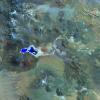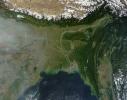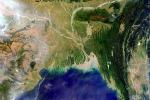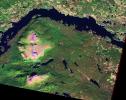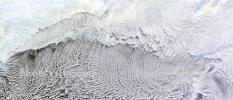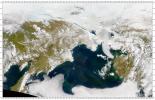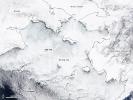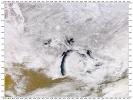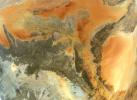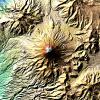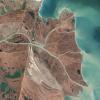Explore over 500,000 Images in my personal collection
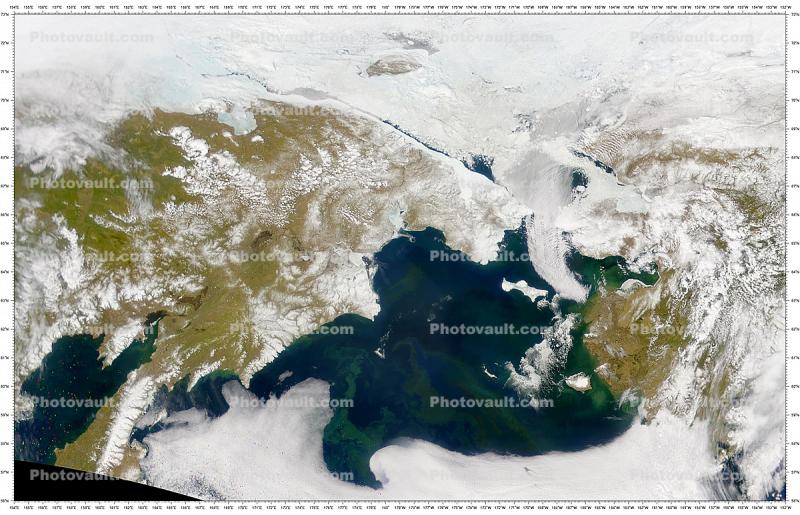
|
|

- Code Number:
- UPDD01_008
- Title:
- Mystery Plankton Bloom in the Bering Sea, June 6, 2001, Climate Change
- The Sea-viewing Wide Field-of-view Sensor (SeaWiFS) has been observing the development of a large rust-colored phytoplankton bloom in the Bering Sea during the first week of June 2001. Scientists are unsure what species of phytoplankton is responsible for the reddish color. Yet, comparing yesterday's image (top) with today's (bottom), the rust-colored bloom appears to be intensifying even as it spreads over a larger area. This bloom is mingling with other, lighter-colored plankton, most likely made up of a number of different species thriving now throughout the region.
Thanks to the cloud cover receding, more surface water is visible to the south in the June 7 image. Notice how the plankton blooms in the waters to the south nicely delineate the eddies in the Bering Sea's surface waters. There is also some bright brown sediment-laden water visible around Alaska's Yukon River delta toward the east (right) side of the image. The still snow-covered St. Lawrence Island is located about 130 miles (210 km) west of the Yukon Delta.
Image provided by the SeaWiFS Project, NASA's Goddard Space Flight Center, and ORBIMAGE - Keywords:
- Image by:
- NASA
- Caption Disclaimer

